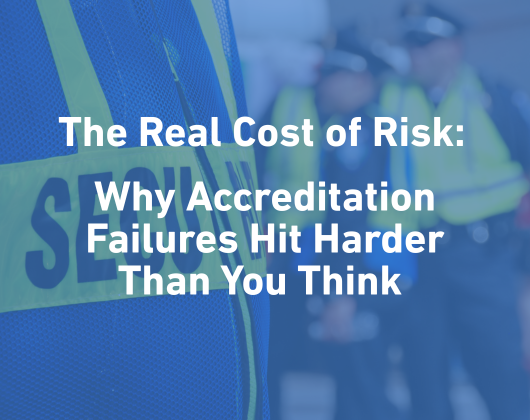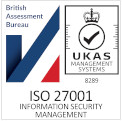You’ve got your accreditation processes and policies set and have collected and vetted everyone who will be working at your event or venue. But what about the badges you will be issuing? Your badges are key to your access controls and ensuring only those you have approved can gain access. But if you have a badge that can be easily forged then you open yourself up to the potentially dangerous position of allowing illegal workers, criminals or terrorists into restricted areas of your event.
Below we highlight 8 things you can do to stop your accreditation badges from being forged:
- Stamp out the Insider Threat. A proper accreditation procedure will tell you exactly who the workers and temporary staff entering your venue are. You’ll know they are legally allowed to work, have the necessary qualifications and are not suspected criminals or terrorists. Do this and you’ll drastically reduce the chance of an Insider helping others to forge credentials.
- Use a unique identifier. If you hide a unique ID number for every person in a bar code, QR code or RFID chip, a quick scan at your access control points will instantly be able to tell you if that pass is valid, and whether that person can gain entry into a specific area of the event. Don’t allocate ID numbers until the last minute and you’ll cut the risk of an Insider being able to leak information.
- Include the person’s photo. A simple yet very effective measure that allows any security individual to instantly check the badge against the user to ensure it hasn’t been swapped, stolen or passed on.
- Prohibit the sharing of badge images online. Make it company policy – your staff, contractors and volunteers need to know that they are prohibited from sharing images of their credentials online. If you catch them bragging about their next job at Sunday’s rugby match, they need to have their accreditation withdrawn.
- Put something on the back. Put something on the back of the pass. Maybe a map of the venue, or important timings. When people share photos of their badges online, they almost always display the front. No one knows what is on the back.
- Release badges as late as possible. At large multi-venue events, it’s often easier to ask contractors to collect and distribute the badges to their workers in advance. But do this as late as possible to keep designs confidential and make sure that they give you a record of exactly has received their badge and who is not.
- Keep new designs confidential. It’s a good idea to change designs periodically – a simple change in background colour will do but keep the change confidential until you need to print and distribute badges.
- Add anti-counterfeit measures. A strip of micro text, or use of a hologram, black light ink or thermal ink will make it virtually impossible to forge a badge correctly. Just make sure your security and access control teams are briefed on what to look for and how to check badges are the real deal.
They are all simple steps, but they can be the difference between a secure event and an event where undesirables gain access. If you would like to know more about badge designs for your event and how we can help, please get in touch.





![EAS-Accredit-300dpi[22]](https://www.accredit-solutions.com/wp-content/uploads/2024/01/EAS-Accredit-300dpi22-300x156.png)

